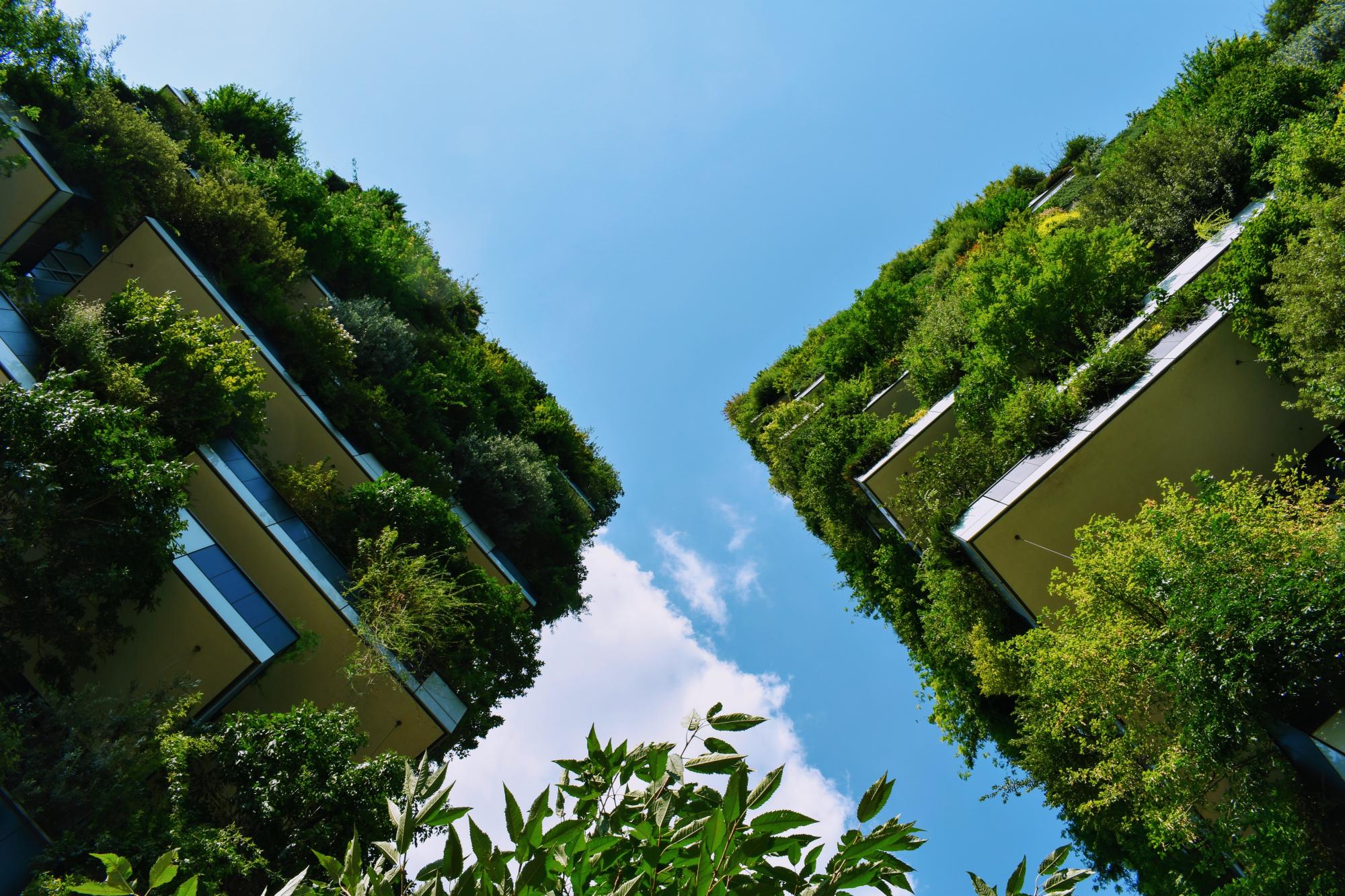It is a community garden initiated by the autonomous assembly of the Poblenou neighborhood. It has changed location a number of times, eventually occupying the empty lot of demolished buildings. Over time the garden has expanded, taking over an adjacent empty space, as well as other yards in the neighborhood. The garden is not maintained for strictly productivity purposes, especially because much of its soil has been contaminated by a soap factory. It is, rather, used as a space for social encounter and knowledge sharing on planting and working with the earth on a communitarian basis (Ref 1 and description provided by CEU). This NBS is also part of a wider movement, the 15M movement in Spain (Ref 1), which had influence on the creation of larger similar global economic 'occupy' movements (Ref 5). Video for the opening party of the 8th self-managed squatted garden in the Poblenou neighborhood, Barcelona from April 11, 2020 shows that the idea of the first garden has lead to the creation of at least 8 of these gardens in the city (Ref 6).
Overview
Nature-based solution
- Community gardens and allotments
- Allotments
- Community gardens
- Horticulture
- Green areas for water management
- Sustainable urban drainage systems
Key challenges
- Water management (SDG 6)
- Stormwater and rainfall management and storage
- Regeneration, land-use and urban development
- Conversion of former industrial areas
- Inclusive and effective governance (SDG 16)
- Inclusive governance
- Effective management
- Social justice, cohesion and equity (SDG 10)
- Social justice and equity
- Social cohesion
- Social interaction
- Health and well-being (SDG 3)
- Enabling opportunities for physical activity
- Creation of opportunities for recreation
- Cultural heritage and cultural diversity
- Protection of historic and cultural landscape/infrastructure
- Sustainable consumption and production (SDG 12)
- Sustainable consumption
- Sustainable production
Focus
Project objectives
Implementation activities
Main beneficiaries
- Citizens or community groups
- Food producers and cultivators (i.e. farmers, gardeners)
Governance
Management set-up
- Led by non-government actors
Type of initiating organisation
- Citizens or community group
- District/neighbourhood association
- Social enterprise
- Other
Participatory approaches/ community involvement
- Co-planning (e.g. stakeholder workshops, focus groups, participatory mapping)
- Crowd-sourcing/Crowd-funding/Participatory budget
- Taskforce groups
- Dissemination of information and education
- Joint implementation (e.g. tree planting)
- Co-management/Joint management
- Citizen oversight (e.g. boards, advisory)
- Citizen monitoring and review
- Other
Details on the roles of the organisations involved in the project
Project implemented in response to ...
Financing
Total cost
Source(s) of funding
- Crowdfunding
Type of funding
- Donations
- Other
Non-financial contribution
- Provision of goods
- Provision of labour
- Provision of other services
- Exchange of services
- Citizens (e.g. volunteering)
Impacts and Monitoring
Environmental impacts
- Green space and habitat
- Promotion of naturalistic styles of landscape design for urban development
- Increased green space area
- Increased conservation or restoration of ecosystems
- Increased conversion of degraded land or soil
- Increased spread of native/heirloom/open-pollinated seed
- Increased ecological connectivity across regeneration sites and scales
- Restoration of derelict areas
Economic impacts
- Stimulate development in deprived areas
- Increase in agricultural production (for profit or not)
- Other
Socio-cultural impacts
- Social justice and cohesion
- Improved social cohesion
- Increased opportunities for social interaction
- Increased involvement of locals in the management of green spaces
- Increased access to healthy/affordable food
- Increased sustainability of agriculture practices
- Health and wellbeing
- Improved physical health
- Improved mental health
- Gain in activities for recreation and exercise
- Cultural heritage and sense of place
- Promotion of cultural diversity
- Improvement in people’s connection to nature
- Increased sense of place identity, memory and belonging
- Increased appreciation for natural spaces
- Education
- Increased knowledge of locals about local nature
- Increased awareness of NBS and their benefits
Type of reported impacts
Presence of formal monitoring system
Presence of indicators used in reporting
Presence of monitoring/ evaluation reports
Availability of a web-based monitoring tool
References
2. Cessation of activity: Source link (website not available in 2020)
3. García López, J. (2019). "El huerto de Poblenou, espacio de resistencia en el que aún florece el espíritu del 15M". Available at: Source link (Accessed: July 31, 2020)
4. Metrópoli Abierta (2020). "Lucha vecinal contra una residencia de estudiantes en Poblenou". Available at: Source link (Accessed: July 31, 2020)
5. Álvarez-Benavides, A. (2018). Open Democracy. 15M's social and political effects in Spain. Available at: Source link. Accessed on 3 Aug 2020.
6. ELSFUMATS. (2020). Self-managed squatted garden in the Poblenou neighborhood, Barcelona. April 11, 2020. Available at: Source link. Accessed on 12 Aug 2020.

